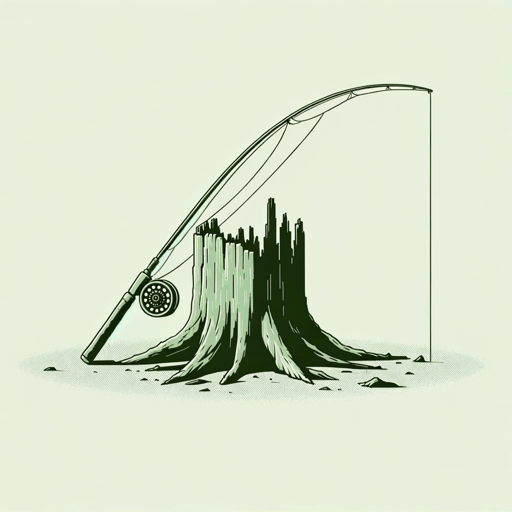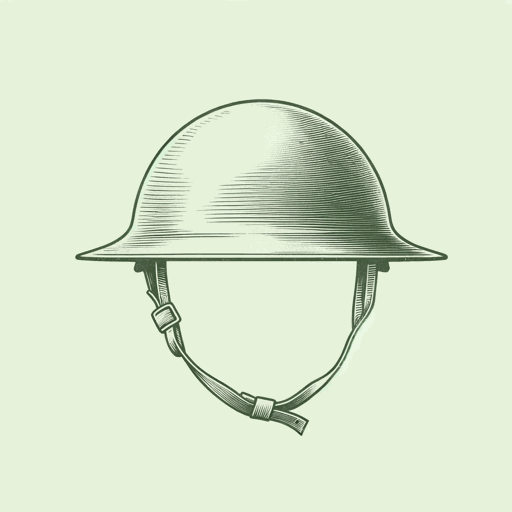37 pages • 1 hour read
Ernest HemingwayThe Old Man and the Sea
Fiction | Novella | Adult | Published in 1952A modern alternative to SparkNotes and CliffsNotes, SuperSummary offers high-quality Study Guides with detailed chapter summaries and analysis of major themes, characters, and more.
Summary and Study Guide
Overview
In The Old Man and the Sea, a 1952 adventure novella by American author Ernest Hemingway, an aging fisherman pits his life and wits against a giant fish as he battles to catch it and then protect its flesh from ravenous sharks. With its themes of endurance, perseverance, and respect for one’s opponent, this simple, straightforward narrative is widely regarded as an American classic and one of the greatest sea stories ever told.
The book helped cement Hemingway’s fame and legacy to a worldwide audience; it won a Pulitzer Prize in 1953 and helped him win the Nobel Prize in Literature in 1954. The story has three times been made into motion pictures and is a staple of student reading lists.
Scribner’s 2020 hardcover edition contains the original illustrations and several analytical essays; it forms the basis for this study guide. An unpaginated ebook version of the print edition also is available.
Plot Summary
Santiago, an old fisherman, rows his skiff out each day from a harbor in Cuba into the surrounding deep waters in search of large fish. He is assisted by a boy, Manolin, whom he has taught to catch marlin and shark. For weeks he has hooked nothing, and the locals decide he is unlucky; after day 40 of catching no fish, Manolin’s father reassigns the boy to another boat. Every evening, though, the boy visits Santiago, helps him stow the boat’s equipment, and shares with him a meal and conversation.
On day 85 of his unsuccessful streak, Santiago rows especially far out, where he hopes big fish lurk. Late in the morning, a very large marlin takes the bait and swims away, dragging the boat northward many miles from shore. Rather than tie the line directly to the boat, Santiago hangs onto it for hours with his hands, greatly straining his shoulders and back. As night falls, the fish keeps pulling them north. The chase continues all night and past dawn. On the second day, the fish jumps clear out of the water. Longer than Santiago’s skiff, it is a magnificent creature larger than any he has seen or heard of.
The fishing line cuts Santiago’s hands when it slides past them. He manages to catch a couple of smaller fish to eat; that night, he also grabs some sleep, his body braced painfully against the line.
As the hunt continues, Santiago’s respect and admiration for the fish grow, and he begins to wonder if so worthy an opponent should simply be killed and eaten. He decides that it is his task to do so, but that he will nevertheless respect the great creature.
On the third day, the fish begins to circle back underneath the boat. Each time it passes, Santiago pulls in more of the line. Finally, the fish cannot swim anymore; Santiago reels it close and kills it with a harpoon through the heart. He lashes the fish to his skiff, raises his sail, and heads for home with a catch that will pay him handsomely and get him through the winter.
Sharks, smelling blood, swim from miles away to feast on the marlin. Santiago defends his catch by stabbing and clubbing the attackers, but they are persistent, and as the hours pass they consume more and more of the great fish. Exhausted, and having lost most of the catch, the old man finally rests while the sharks clean off the last of the meat.
In the hours before dawn, the old man arrives back at his home port, where he pulls the boat and its skeleton cargo onto the beach. He collects the sail and trudges back to his shack, falling once and resting several times. At home, he collapses into bed and sleeps deeply, dreaming of his youth. Late in the morning, Manolin brings him coffee, and they talk about fishing together again. On the beach, villagers measure the marlin’s skeleton: It is 18 feet long, the longest anyone has ever seen.
Related Titles
By Ernest Hemingway

A Clean, Well-Lighted Place
Ernest Hemingway

Across the River and into the Trees
Ernest Hemingway

A Day's Wait
Ernest Hemingway

A Farewell to Arms
Ernest Hemingway

A Moveable Feast
Ernest Hemingway

A Very Short Story
Ernest Hemingway

Big Two-Hearted River
Ernest Hemingway

Cat in the Rain
Ernest Hemingway

For Whom the Bell Tolls
Ernest Hemingway

Green Hills of Africa
Ernest Hemingway

Hills Like White Elephants
Ernest Hemingway

In Another Country
Ernest Hemingway

Indian Camp
Ernest Hemingway

In Our Time
Ernest Hemingway

Old Man at the Bridge
Ernest Hemingway

Soldier's Home
Ernest Hemingway

Solider's Home
Ernest Hemingway

Ten Indians
Ernest Hemingway

The Garden of Eden
Ernest Hemingway

The Killers
Ernest Hemingway

